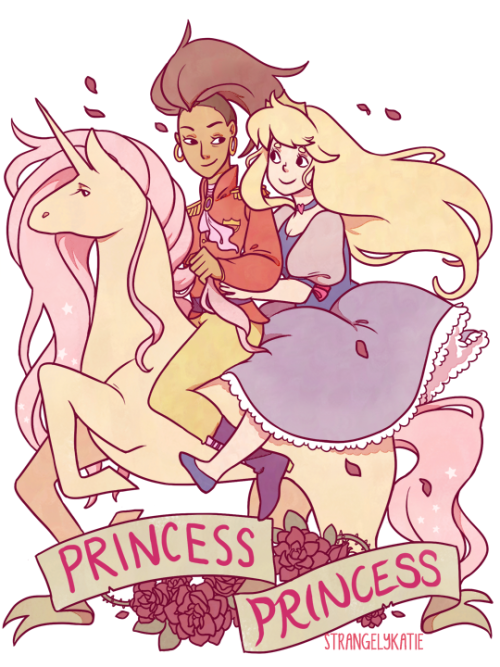Reviewer: Emera
Date read: 4.24.2012
Book from: Personal collection
“Strange things can happen at a crossroads, and the crossroads outside of Arcane, Missouri, is no exception. Thirteen-year-old Natalie Minks knows all the odd, mysterious tales about her little town – she grew up hearing her mother tell them. But even Natalie is not prepared for the strangeness that’s unleashed when Dr. Jake Limberleg’s Nostrum Fair and Technological Medicine Show rolls into Arcane with its bizarre tonics and elaborate, inexplicable machines. When Natalie finally gets a close look at the intricate maze of the medicine show, she knows in her gut that something about this caravan healers is not right… and that Arcane is in grave danger.”
Like Bradbury’s classic Something Wicked This Way Comes, Kate Milford’s The Boneshaker is a spooky circus mystery-adventure set in a Midwestern town, and featuring young protagonists who must reckon with the insinuation of evil into their lives. Realizations about both mortality and morality loom large. The Boneshaker has more of a Western feel, though, shaded with near-apocalyptic gloom; the seductions of the circus have an even more explicitly diabolical flavor. Nick Cave’s “Red Right Hand” would be right at home on a soundtrack for the novel, I think.
As protagonist, Natalie is an intriguing foil to the unearthly disruptions of Limberleg’s Nostrum Fair: inquisitive, skeptical, mechanically minded, a little bristly and imperious. Admirably, her inquisitiveness extends to the emotional realm, as increasingly throughout the book, she tries to get inside the heads of the people she’s known for all her life, but frequently taken for granted. From the townspeople who have encountered evil in its various forms before, including her own mother, she gleans haunting snatches of narrative that deepen the novel’s Biblical mythos and lend it an absorbing sense of grandeur and pathos.
Unfortunately, Milford’s prose, though carefully detailed, is on the flat and list-y side, even when she write scenes that should be demonically animated:
“She didn’t have to be told to run. The harlequin lunged after her.
She sprinted and dodged, not caring which twists and turns she took in the maze of tents. Bells jingled overhead; the harlequin had taken to the wires again.
Her feet kicked up dust and slid on old straw. The things in her arms stirred restlessly. The Amazing Quinn raced alongside and above on a wire parallel to her path.”
And so on; the rhythm and syntax remain monotonous, and the descriptive choices expected. It’s troublesome, too, that one of Natalie’s mentors seems to have been tipped out directly from the Magical Negro mold. “Nothing to do but play my guitar and dispense advice to white folks in need, doot de doo…”
What Milford does do beautifully is frame rational-minded Natalie’s collision with the realization that the world is insistently, terrifyingly irrational. Her town and the crossroads are much older and stranger than she thinks they are; many of the adults around her have known far more suffering and struggle than she could have imagined; and moreover – worst of all, even – they, too, are fallible and vulnerable. Milford has things to say, too, about the power of story and memory, and weaves in the usual YA subplot of learning to stand your ground in the face of fear, but Natalie’s coming to grips with the pervasiveness of evil and mortality is by far the most affecting narrative strand.
I won’t be seeking out the sequels, but all in all, The Boneshaker was an entertaining read, both thoughtful and goosebumpily suspenseful, with satisfying lashings of American folklore and Christian mythology. I’d recommend it as a companion for a thunderstormy summer afternoon.
For a previously reviewed dark fantasy also featuring Western and Biblical touches (and, coincidentally, a red-haired doctor of dubious humanity), see: The Music of Razors, by Cameron Rogers.
Go to:
Kate Milford: bio and works reviewed
The Music of Razors, by Cameron Rogers (2007): review by Emera



